I. Kumamoto Castle
Kumamoto Castle is one of the most beautiful castles in Japan. The struggle now on the battlefield of the “ Last Samurai” is with the widespread damage caused by the 2016 Kumamoto Earthquake. Repair works are earnestly underway.
Walking around Kumamoto Castles takes about one and a half hours.
The main features to view are:
<The Main Castle keep and Uto Turret>
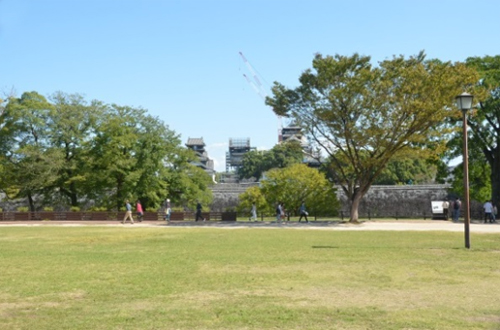 These can be observed from Ninomaru Park, just outside the Castle.
These can be observed from Ninomaru Park, just outside the Castle.
<Inui Turret>
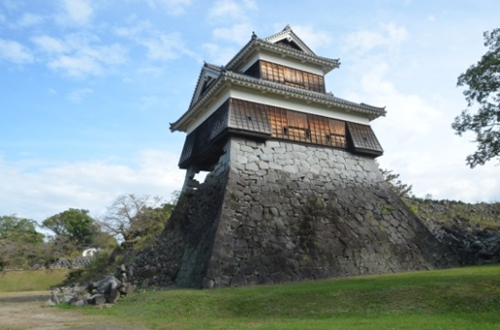 This turret miraculously stood standing despite the terrible quakes.
This turret miraculously stood standing despite the terrible quakes.
The structure can be viewed from the dry moat inside the castle grounds.
<Numbered stones>
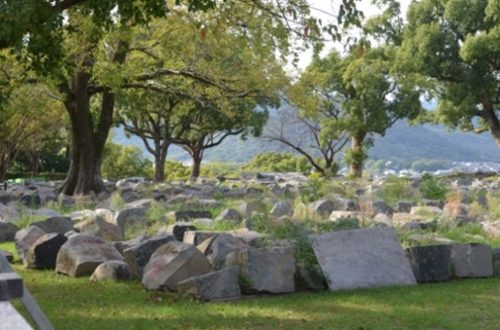 Collapsed stones are being individually numbered and placed in rows.
Collapsed stones are being individually numbered and placed in rows.
During the reconstruction process, the stones will be placed exactly where they were situated before the earthquake.
<Kato Shrine>
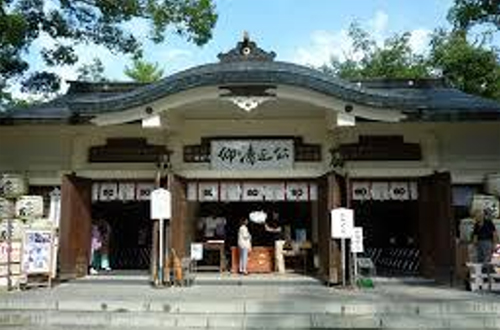
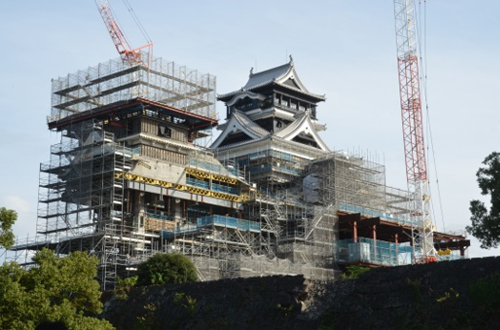
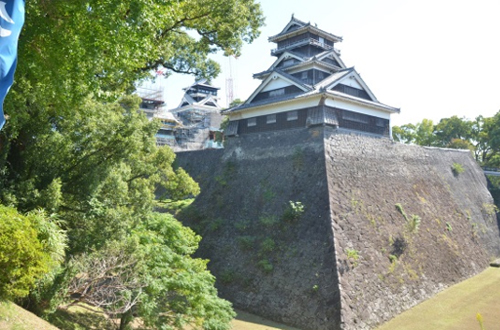 The shrine is dedicated to Lord Kato Kiyomasa, the Castle builder.
The shrine is dedicated to Lord Kato Kiyomasa, the Castle builder.
The spot is also the nearest place to view the Castle keep and Uto Turret.
<City Hall Observatory>
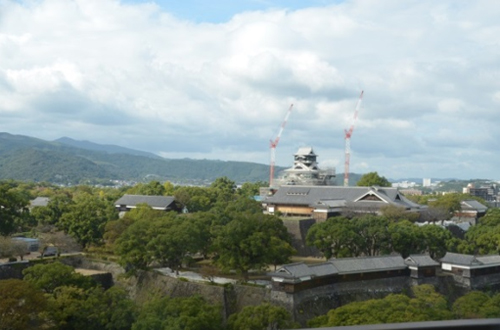 You can get a stunning view of Kumamoto Castle from the 14th floor of Kumamoto City Hall.
You can get a stunning view of Kumamoto Castle from the 14th floor of Kumamoto City Hall.
Moving around the observatory, you can also get a panoramic view of the whole city and its environs.
Access
Bus: Take the loop bus “Shiromegurin” and get off at Kumamoto Castle bus stop.
Tram: Get off at Kumamoto Castle / City Hall. The Castle is about a 10 minutes’ walk from there.
II. Suizenji Jojuen Garden
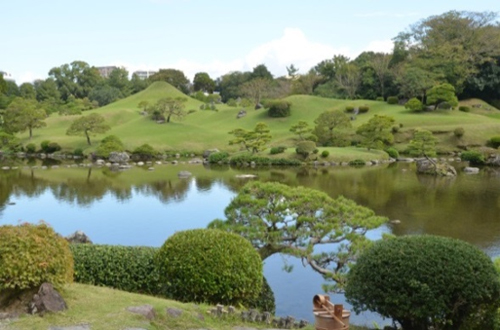 This is a beautiful landscape Daimyo garden, best enjoyed by strolling along its circular pathway. In 1636, the third Lord of the Hosokawa clan began its creation as a tea arbor. It took about 80 years to complete the Garden fully. This tranquil Garden features traditional Japanese landscaping and historic landmarks in miniature. The highest artificial hill represents Mt. Fuji. One of the outstanding features in the Garden is the pond with clear water, constantly flowing from Mt. Aso via underground currents. Beautiful carp swim in the pond.
This is a beautiful landscape Daimyo garden, best enjoyed by strolling along its circular pathway. In 1636, the third Lord of the Hosokawa clan began its creation as a tea arbor. It took about 80 years to complete the Garden fully. This tranquil Garden features traditional Japanese landscaping and historic landmarks in miniature. The highest artificial hill represents Mt. Fuji. One of the outstanding features in the Garden is the pond with clear water, constantly flowing from Mt. Aso via underground currents. Beautiful carp swim in the pond.
Access
Tram: Get off at Suizenji koen-mae tram stop, then walk 5 minutes.
III. Honmyo-ji Temple
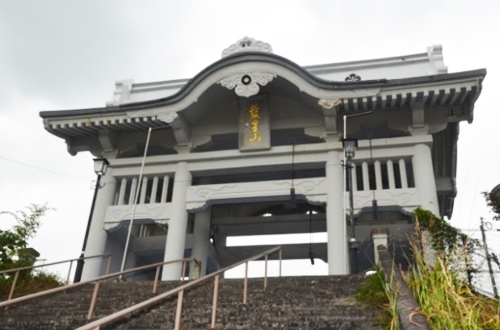 A prominent Buddhist temple, with over a 400 years’ history, originally was a family temple associated with the Kato Clan. The main entrance gate to the temple area is a huge concrete structure.
A prominent Buddhist temple, with over a 400 years’ history, originally was a family temple associated with the Kato Clan. The main entrance gate to the temple area is a huge concrete structure.
Located on a hillside at the same height as Kumamoto Castle, a steep stone stairway leads up to the temple and the Jochibyo Mausoleum, the tomb where Lord Kato Kiyomasa lies. Further upwards from the temple area stands an impressive bronze statue of the famous Lord watching over Kumamoto with a long spear in his hand.
Access
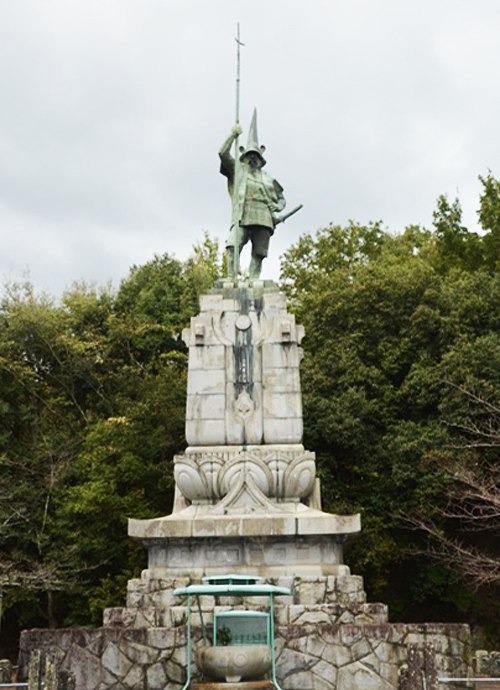
Tram: Take the B-Line tram bound for Kami-kumamoto Station, and get off at Honmyoji-mae tram stop, then walk 10 minutes.
Bus: ①From Sakuramachi Bus Terminal (platform 19 ,B 1-2) Take the Hanazono Kakibaru Route bus, and get off at Honmyoji-mae bus stop, then walk 5 minutes.
Bus: ②From Sakuramachi Bus Terminal (platform 20,U 3-1) Take the Kawachi Onsen Route bus, and get off at Honmyoji-mae bus stop, then walk 5 minutes.
IV. Kumamoto Traditional Craft Center
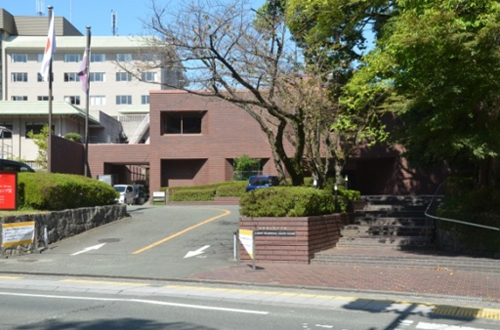 Crafts on display are those normally used in daily life by the people of Kumamoto. You can see and touch such items as wood products, ceramics, washi (Japanese paper), toys, and other crafts.
Crafts on display are those normally used in daily life by the people of Kumamoto. You can see and touch such items as wood products, ceramics, washi (Japanese paper), toys, and other crafts.
Items can be purchased as suitable souvenirs of locally manufactured products.
Access
Tram: A 7-minute walk from Kumamoto Castle/City Hall tram stop.
Bus: Take the loop bus “Shiromegurin” and get off at KKR Hotel Kumamoto, then walk 2 minutes.
V. Shimada Museum of Arts
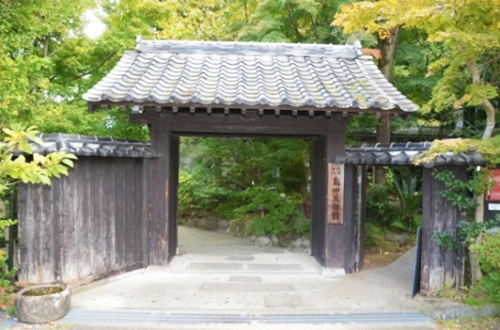 The museum houses historical relics, documents, and artistic handicrafts related to the Samurai-class culture. The materials were collected by the founder of the museum, the late Matomi Shimada, a local historian and lover of Japanese antiquities.
The museum houses historical relics, documents, and artistic handicrafts related to the Samurai-class culture. The materials were collected by the founder of the museum, the late Matomi Shimada, a local historian and lover of Japanese antiquities.
Shimada Museum is especially well-known for its permanent exhibition of weapons, relics, and documents related to Miyamoto Musashi, Japan’s greatest swordsman.
Access
Bus: ①From Sakuramachi Bus Terminal (platform 19, W 1-1,W 2-1) Take a bus bound for Araobashi, and get off at Jikeibyoin-mae bus stop, then walk 3 minutes.
Bus: ②From Sakuramachi Bus terminal(platform 20, U 4-1) Take a bus bound for Joseiko and get off at Joseiko-kita bus stop, then walk 2 minutes.
VI. Reigando Cave
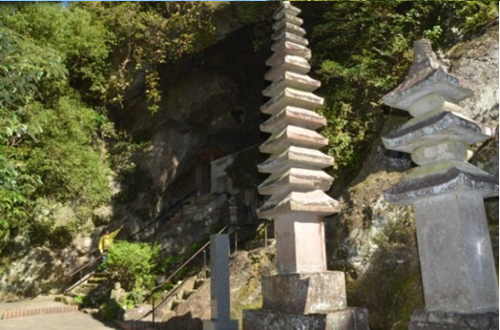
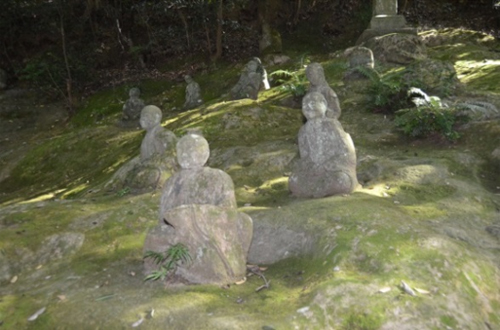 The name literally means “spirt rock cave.” It has a long history as an austere place for meditation and spiritual training. The cave is most famous for being the temporary home where the great swordsman Miyamoto Musashi spent time alone about 400 years ago, meditating and drafting his famous martial arts treatise titled “Gorin-no-sho” (The Book of Five Rings).
The name literally means “spirt rock cave.” It has a long history as an austere place for meditation and spiritual training. The cave is most famous for being the temporary home where the great swordsman Miyamoto Musashi spent time alone about 400 years ago, meditating and drafting his famous martial arts treatise titled “Gorin-no-sho” (The Book of Five Rings).
Another interesting feature of the Reigando Cave is the 500 Rakan Disciples of Buddha who have achieved enlightenment. The unique stone statues are scattered across the hillside all the way up to the mouth of the cave. Each figure was carved to possess its own sitting posture and facial expression.
Access
Bus:From Sakuramachi Bus Terminal (platform 20, U 3-1) Take the bus bound for Kawachi Onsen Center, and get off at Iwadokannon Iriguchi, then walk 20 minutes. (Buses leave every 2 hours or so.)
Taxi: Please refer to -> Association of Kumamoto International Tourist convention
If you'd like to learn more about Miyamoto Musashi, our tour guide can accompany you and explain the details to you.
( 2000yen per guide as their transportation cost)
It takes about two and a half hours by taxi.
Please see here for the detail (PDF)

